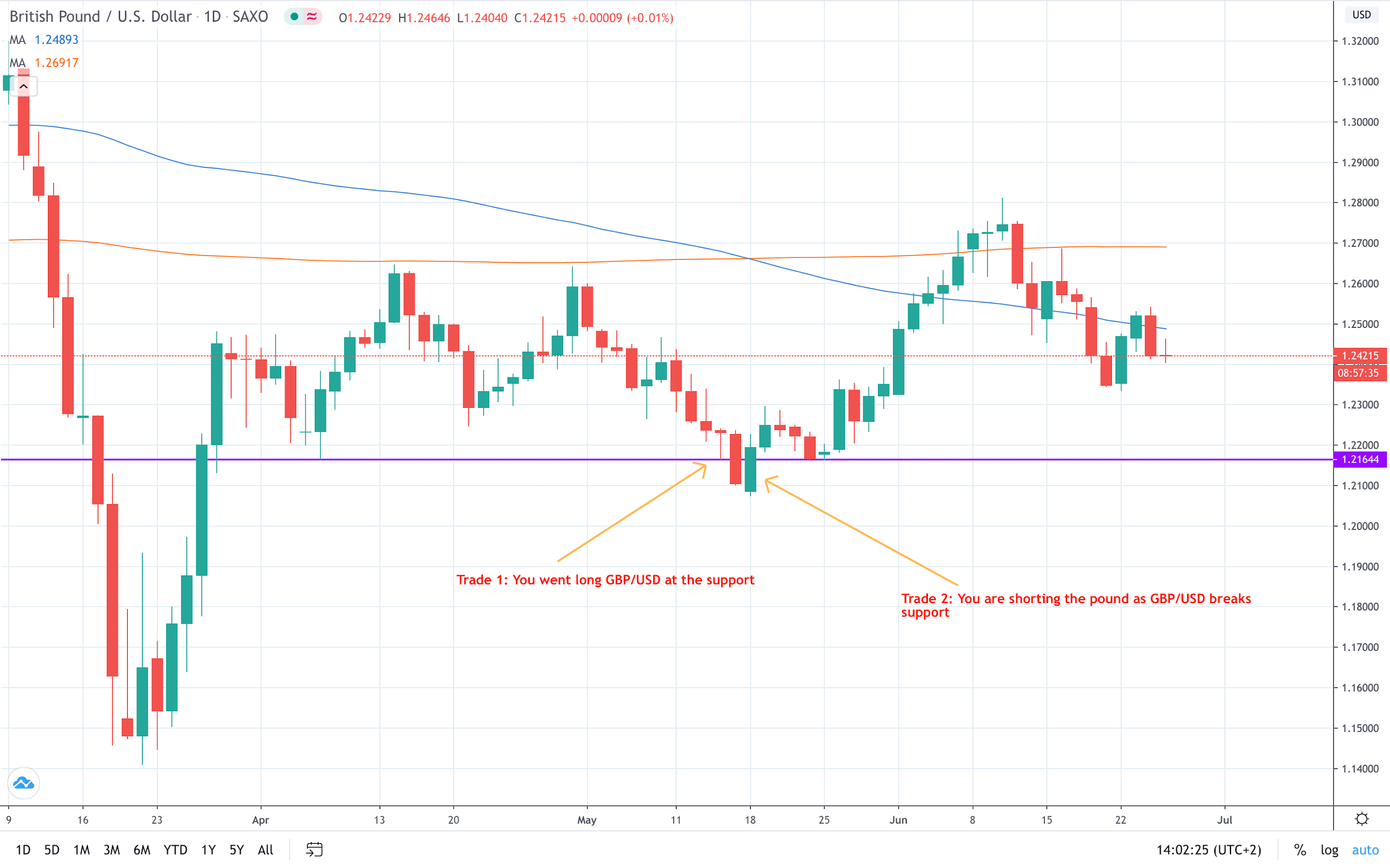
Forex hedging is a strategy that traders use to reduce the risk associated with their trading portfolio. Currency markets are volatile, and reducing the risk of such moves is crucial to maintaining a positive overall portfolio. In addition, hedging offers flexibility to the trader. A trader who has opened a long position with a short position can exit quickly in a downtrend and thus, balance the value of the overall trade. Hedging is not a free strategy, however, because it requires a great deal of extra trades and needs careful oversight to ensure that it is not misused.
Forex hedging is typically done in one of two ways: as a buyer or a seller. In either case, the seller sells or buys the underlying currency. Both methods allow the seller to profit from increases or decreases in prices. Hedging can be done in two different ways – with a pure hedge, one opens a hedge position on the same trading asset, while a cross hedge opens a hedge position on a different trading asset. The second asset should correlate with the underlying asset, or depend on it.
Another form of forex hedging is the use of forex options. This strategy involves buying a call or put option on a currency pair at a predetermined price and expiry date. In addition to being a great tool for hedging forex, options also minimize the risk of losing money when you buy or sell a currency pair. If you’re planning to hold a long-term position, you can choose to buy a put option on the USD/GBP.
The Forex hedging strategy is highly complex and is recommended for experienced traders. Forex hedging entails opening positions in two different markets – the underlying asset market and the derivatives or insurance market. The length and size of these positions will differ. Because the positions are flexible, the hedging strategy allows you to get the best possible ratio of profits. While Forex hedging is a complex strategy, it is beneficial for all traders who have a good understanding of the market.
While direct hedging is the easiest method, it is not always the best solution. In fact, if you have strong faith in the market and are ready to risk it, forex hedging may not be the best strategy for you. Therefore, you should carefully evaluate your risk tolerance before implementing this strategy. You should make the decision based on the information you have acquired about market swings and your ability to manage your risk. The decision to hedge is entirely yours.
Forex hedging can reduce your risks and protect your capital at the same time. While you can always close a trade that isn’t profitable, you can also open an opposite trade. This option is often easier and more convenient to use than closing a trade. For example, you may wish to hedge your EURUSD trade if you believe the price of the pair will quickly increase. However, if you aren’t confident about the future of the EURUSD pair, you can simply hedge your EURUSD position with an ETF, EURUSD currency pairs, or USD/JPY.





